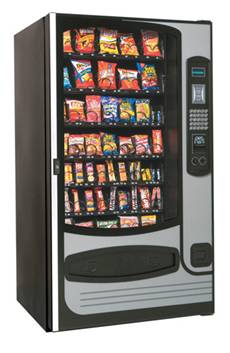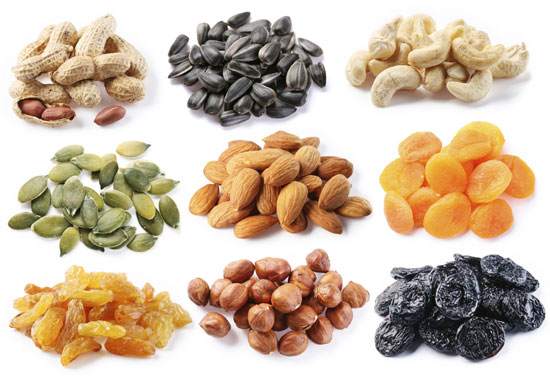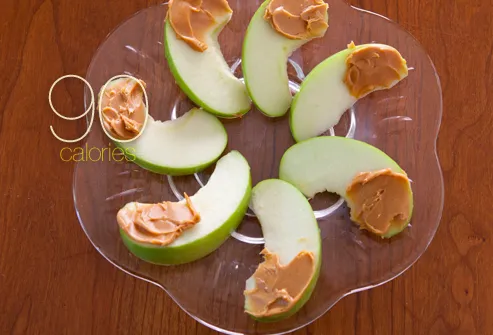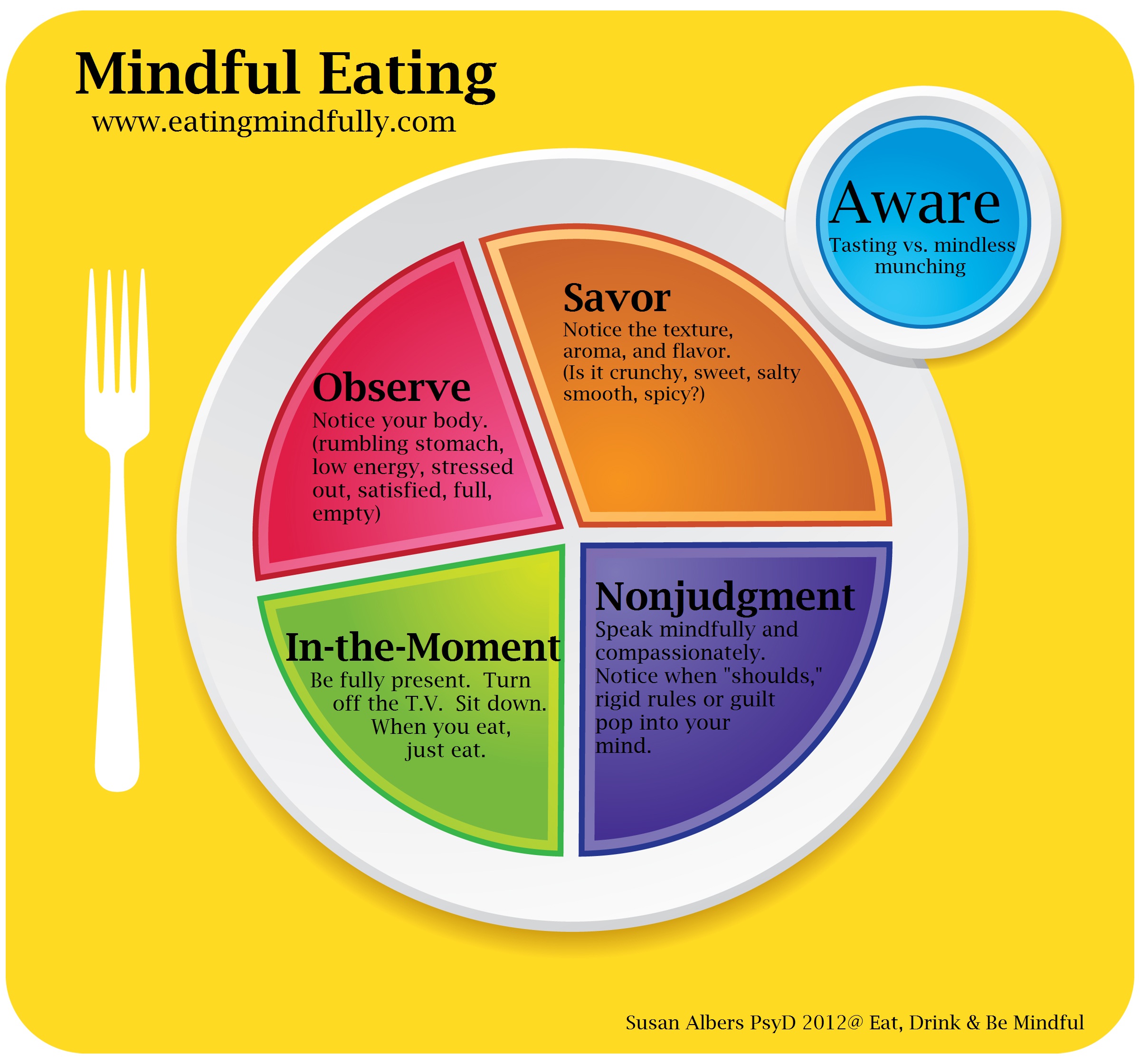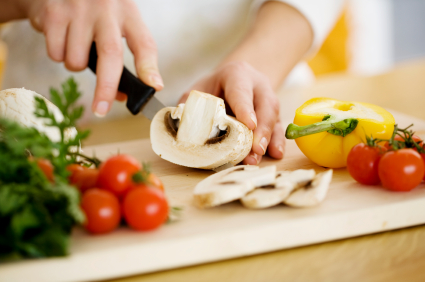 This week we're staying home and cooking. Don't get scared, because nothing compares to a home-cooked meal made with fresh quality ingredients and served with love. Whether you are cooking for a family of 4, 2, or 1 it doesn't matter. What does matter is that home-cooked meals are a win-win situation because it saves money, saves time, brings the family together, and allows for better weight management.
This week we're staying home and cooking. Don't get scared, because nothing compares to a home-cooked meal made with fresh quality ingredients and served with love. Whether you are cooking for a family of 4, 2, or 1 it doesn't matter. What does matter is that home-cooked meals are a win-win situation because it saves money, saves time, brings the family together, and allows for better weight management. Challenge Yourself: For seven days absolutely NO eating out. This means no sit-down restaurants, no fast food, no carry-outs. For seven days all your meals must be home cooked. This includes breakfast, lunch and dinner. In order to achieve this, you will have to do meal planning and grocery shopping ahead of time. To assist you in your meal-planning, click here for a meal planner, and here for additional ideas and recipes.
Challenge Yourself: For seven days absolutely NO eating out. This means no sit-down restaurants, no fast food, no carry-outs. For seven days all your meals must be home cooked. This includes breakfast, lunch and dinner. In order to achieve this, you will have to do meal planning and grocery shopping ahead of time. To assist you in your meal-planning, click here for a meal planner, and here for additional ideas and recipes. To start the challenge, decide on your meals for the entire week. Make a list of the food ingredients that you will need from the grocery store. Check your local stores for any items which may be on sale that you can include in your home-cooked meals for the week. Shop for the food items that you will need for the week. Prepare your meals. For those who are busy and have a hectic schedule, go ahead and cook all your meals at one time, then once cooked, store your meals in ziploc storage bags or tupperware storage containers in the refrigerator or freezer until you are ready to reheat and serve. Also, use the previous challenges to help you with this week's challenge.
Food for Thought:
1. Were you able to complete this week's challenge as outlined above?
2. If yes, what were your successes with this week's challenge?
3. If no, why not? What were your difficulties with this week's challenge?
4. Are you building healthy eating habits from these challenges into your lifestyle?
I want to hear from you, so please leave your comments about the challenge below. Thank you!



